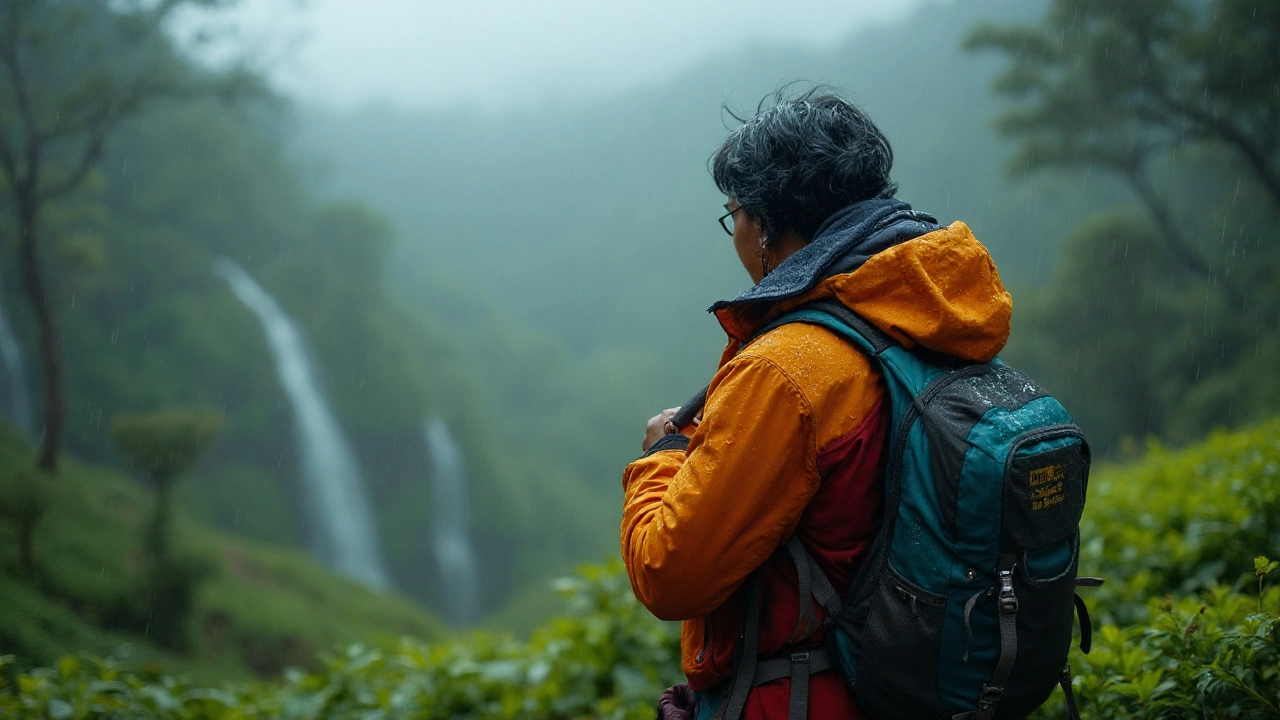SEARCH
How to Layer for Hiking: Your Quick Guide to Stay Comfortable
Ever started a trek and felt too hot, then too cold, all in one hour? It happens when you’re not layering right. The good news is layering isn’t rocket science – it’s about three simple steps: a snug base, a warm middle, and a protective shell. Follow these tips and you’ll stop guessing and start enjoying the trail.
Pick the Right Base Layer
The base layer is your sweat‑wicking hero. Look for fabrics like merino wool or synthetic blends. They pull moisture away from skin, keeping you dry and preventing that chilling “wet shirt” feeling. Avoid cotton – it holds water and makes you freeze faster. A fitted shirt and leggings work best; you want the fabric to hug you, not bounce around.
When the temperature is mild (60‑70°F), you can even skip a long‑sleeve base and go with a short‑sleeve tee. In colder weather, add a long‑sleeve base or a thermal top. Remember, the base layer should be the lightest piece – you’ll be adding more on top.
Add Insulation and Protect from Elements
Next comes the insulation layer. Fleece jackets or lightweight down vests are perfect choices. They trap air and keep you warm without adding bulk. If you’re hiking in wechselhaft weather, a zip‑up fleece that you can open for ventilation works great.
The outer layer, or shell, is your shield against wind and rain. Look for breathable, waterproof materials such as Gore‑Tex or polyester shells with a DWR (durable water repellent) coating. A full‑zip shell lets you adjust airflow easily. If you only expect light rain, a soft‑shell may be enough and offers more flexibility.
Now, human bodies heat up when you hike, so you’ll need to regulate. Use the “vent‑open‑vent” rule: open vents or unzip the shell when you feel warm, then zip back up when you start to cool. A simple zippered pit‑zoo or side vents can make a huge difference.
Don’t forget accessories. A hat or beanie, gloves, and a neck gaiter add warmth without taking up pack space. In hot conditions, a wide‑brim hat and a lightweight buff keep sun off and sweat off.
Finally, pack smart. Carry a lightweight shell in your daypack even if the forecast looks clear – mountain weather changes fast. If you’re on a short day hike, a packable down jacket sits tiny in a pocket and can be a lifesaver.
Putting it all together: start with a moisture‑wicking base, add a breathable insulating middle, top it off with a weather‑proof shell, and tweak as you go. With this three‑layer system you’ll stay dry, warm, and ready for the next summit.

3-Layer Rule for Hiking: Base, Mid, Shell Explained With Real-World Examples
Understand the 3-layer rule for hiking: base, mid, and shell. Learn what to wear, how to pick fabrics, and how to adjust in changing weather with simple examples.
Continue reading